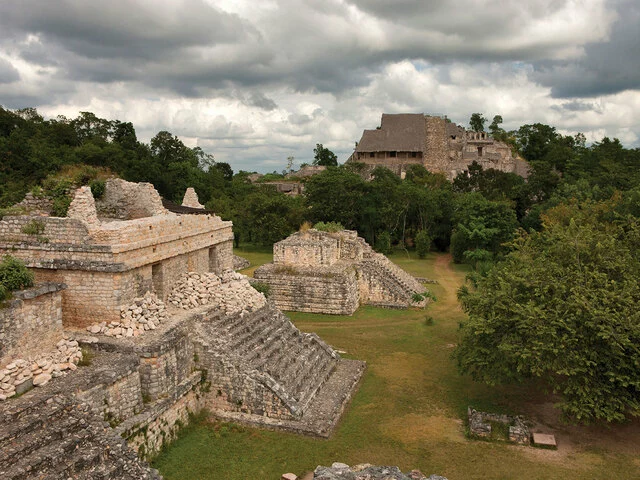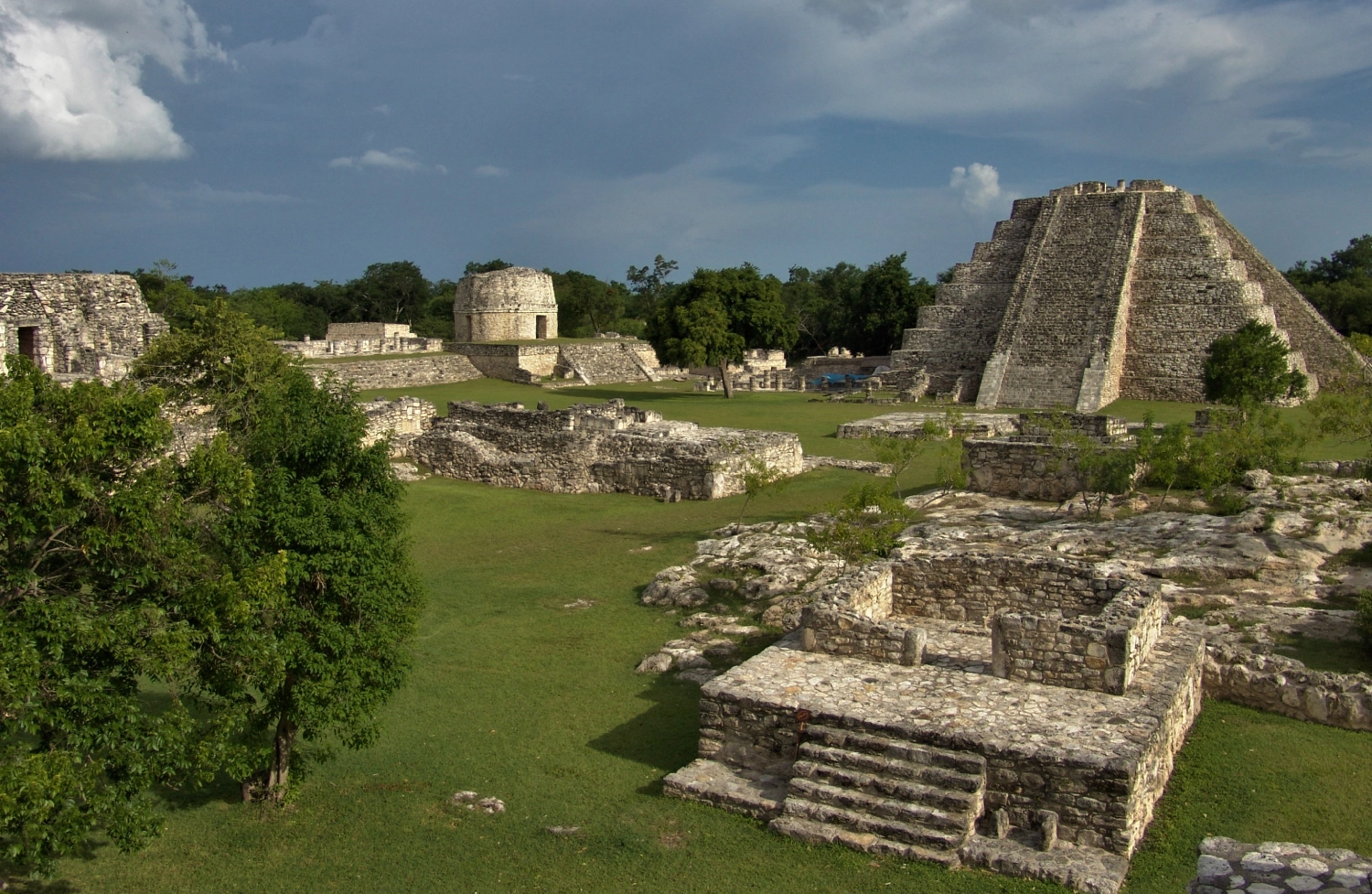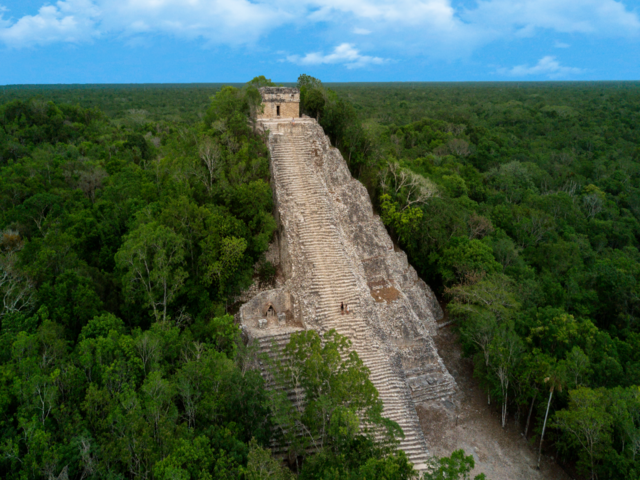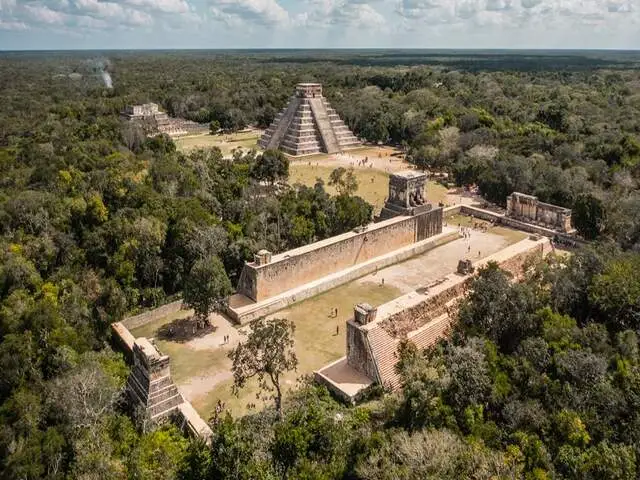
Chichén Itzá Archaeological Site
Yucatán
Explore Chichén Itzá, the capital of the Mayapan League on the Yucatán Peninsula, thriving from 987 to 1200 A.D. This pre-Hispanic settlement spans over 15.53 miles2 (25 km²), with scattered monumental architecture connected to the city center by roads or sacbés.
Chichén Itzá’s grandeur and power are evident in its architecture, notably the Great Ball Court, the largest in Mesoamerica. At its peak, the city is estimated to have housed around 50,000 inhabitants. With the Maya Train route, you can explore this iconic site and immerse yourself in Maya culture.
Chichén Itzá was a significant urban center and a site of great political, economic, and religious influence in the Maya region. Its strategic location facilitated trade and cultural interaction between different cities and regions. The site boasts a variety of impressive structures, such as the Pyramid of Kukulcán, the Temple of the Warriors, and the Observatory, reflecting the architectural skill and astronomical knowledge of the ancient Maya.
Near Station
Meaning
The city on the edge of the Itzáes’ well

Schedule:
Monday to Sunday from 8:30 am to 17:00. Last entry at 16:00 pm.
Priority attention for agencies from 11:00 AM to 2:00 PM.
Admission:
$95.00 MXN
Additionally, the Government of the State of Yucatán charges an admission fee of $548.00 MXN for foreigners and $190.00 MXN for Mexicans with official identification.
Chronology:
300 to 1550 AD | Early Classic – Late Postclassic
Peak:
700 – 1050 AD | Late Classic to Late Postclassic
Where is the Chichén Itzá Archaeological Site Located?
It is located 71.45 miles (115 km) east of the city of Mérida, in the state of Yucatán.
Important:
- Fee for professional cameras
- INAPAM discount (for seniors)
- Discount for students and teachers
- Free admission on Sundays (Mexicans)
- Free entry for children under 13 years old
- No smoking, outside food and pets allowed
On the two equinoxes, the shadow of Kukulkan, the serpent, descends from its temple to fertilize the land, while the red jaguar, hidden in the Temple of the Warriors, makes its jade spots shine.
Structures Chichén Itzá Archaeological Site
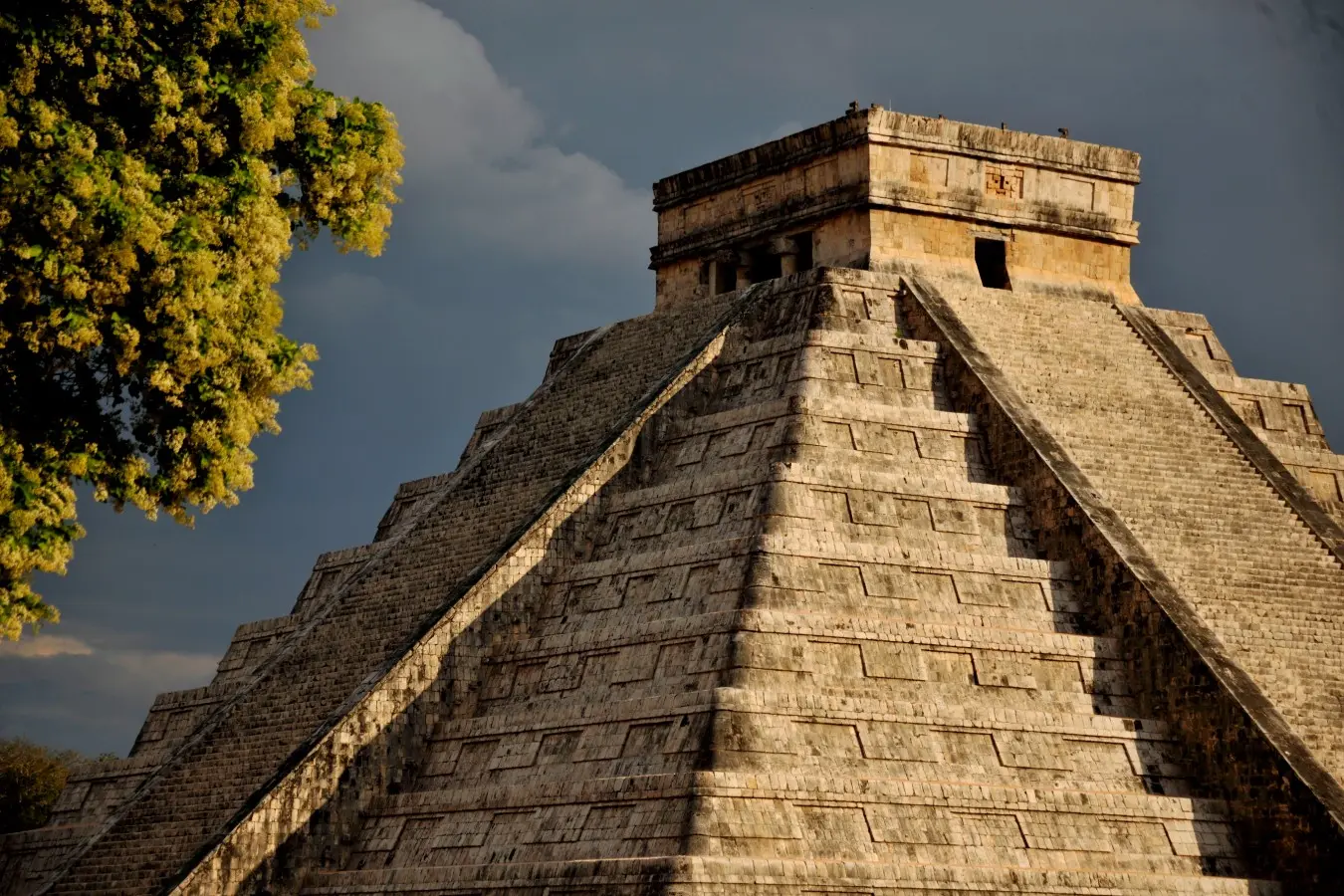
The Castle
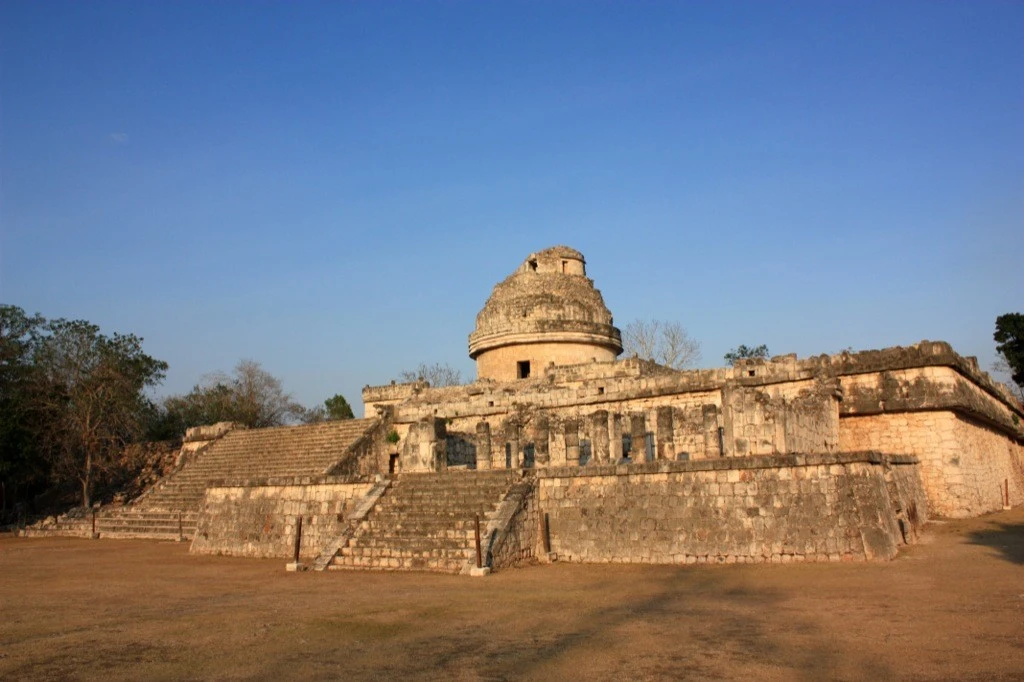
The Snail or Observatory
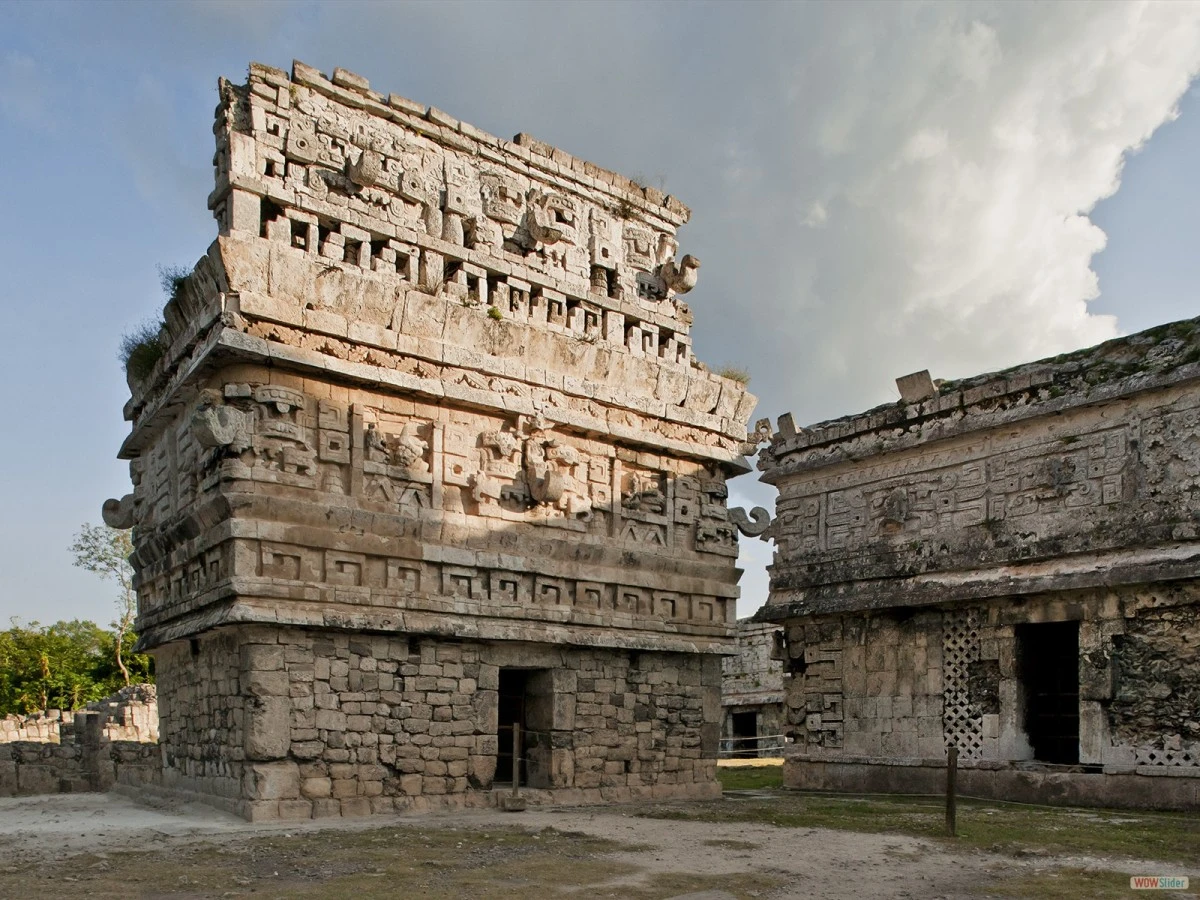
The Church
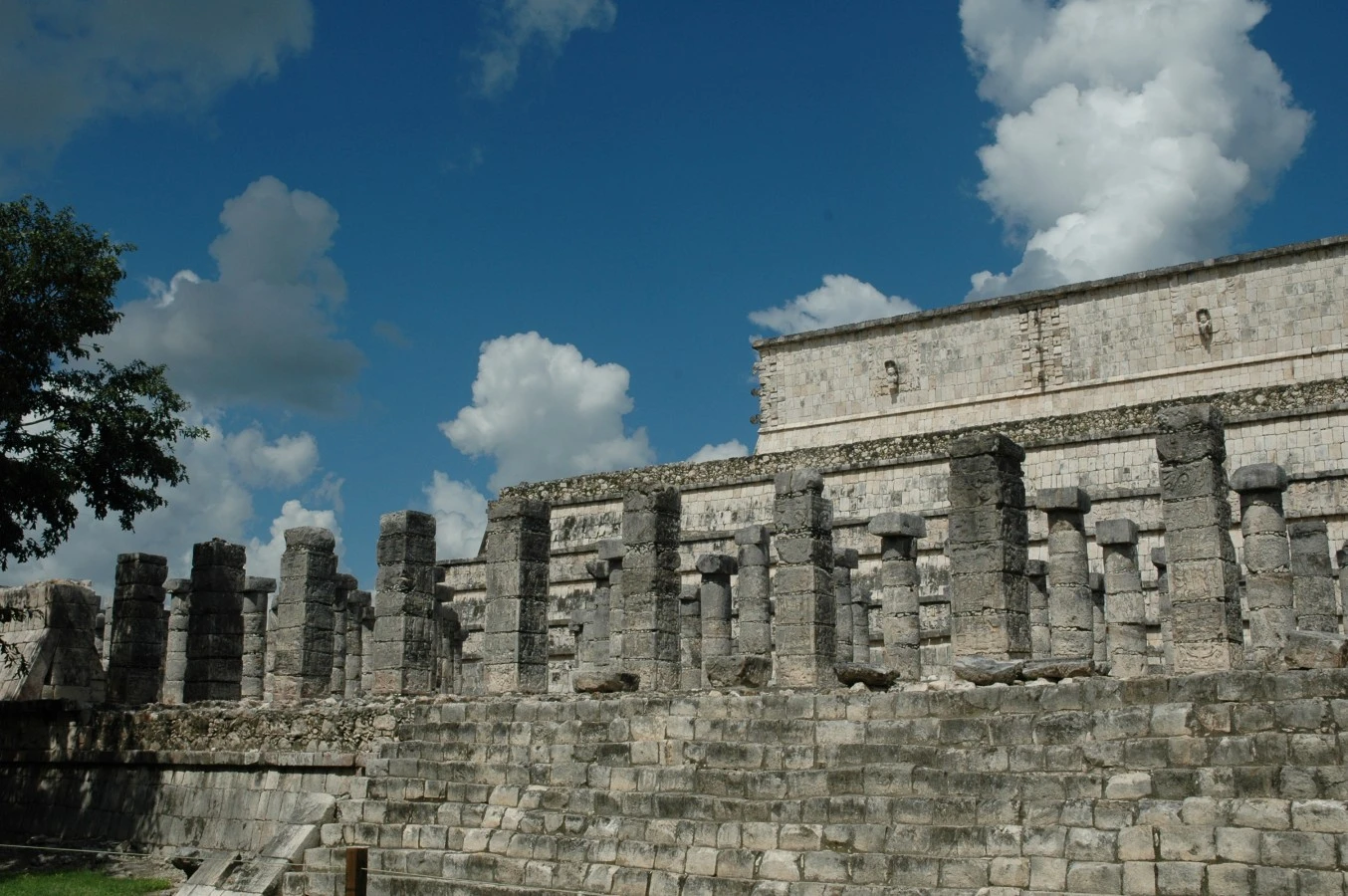
Group of the Thousand Columns

The Ossuary
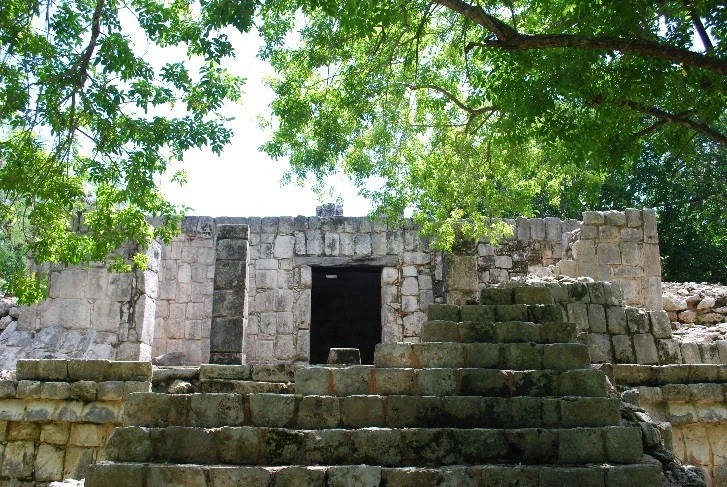
Temple of the Initial Series

